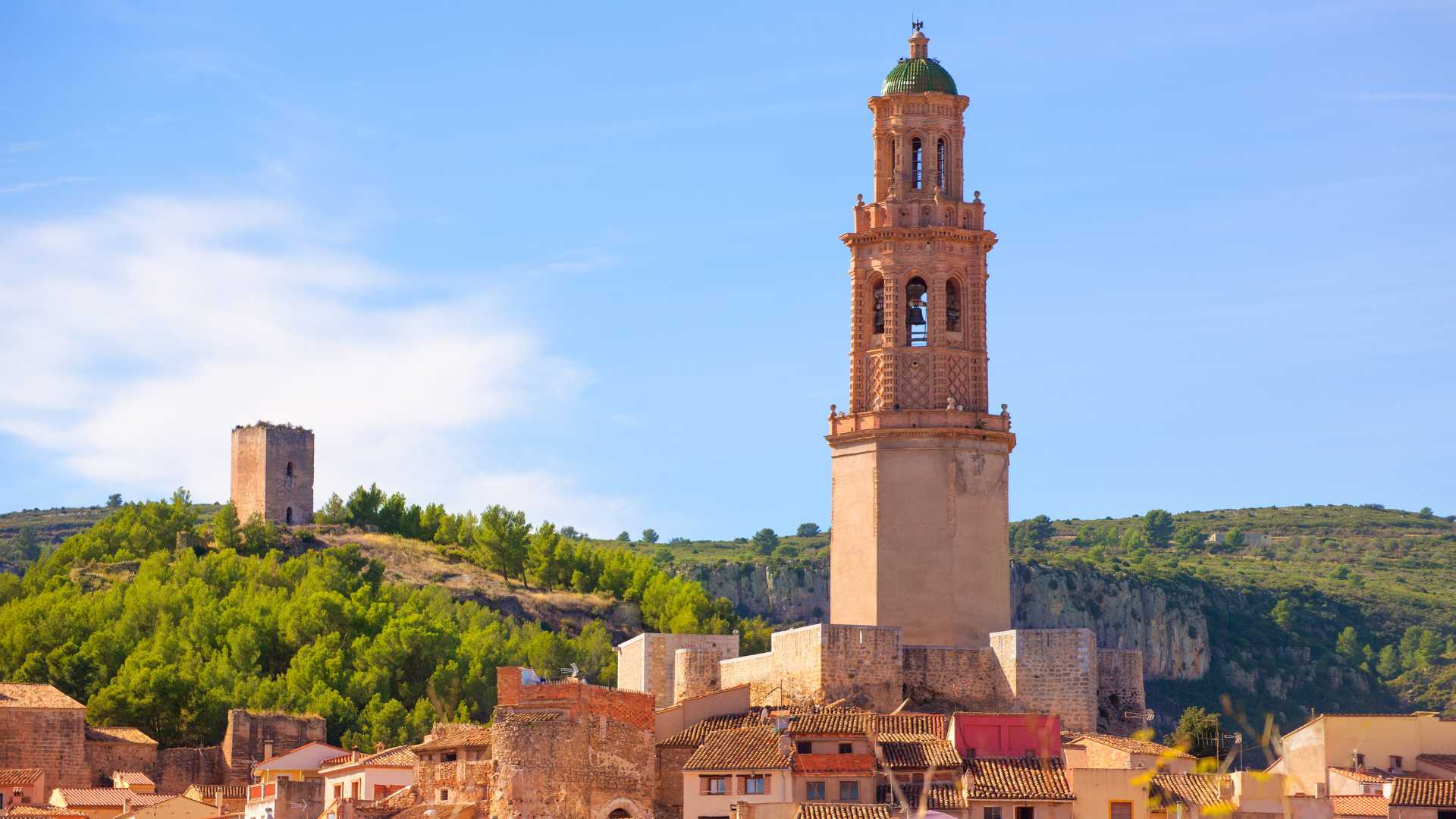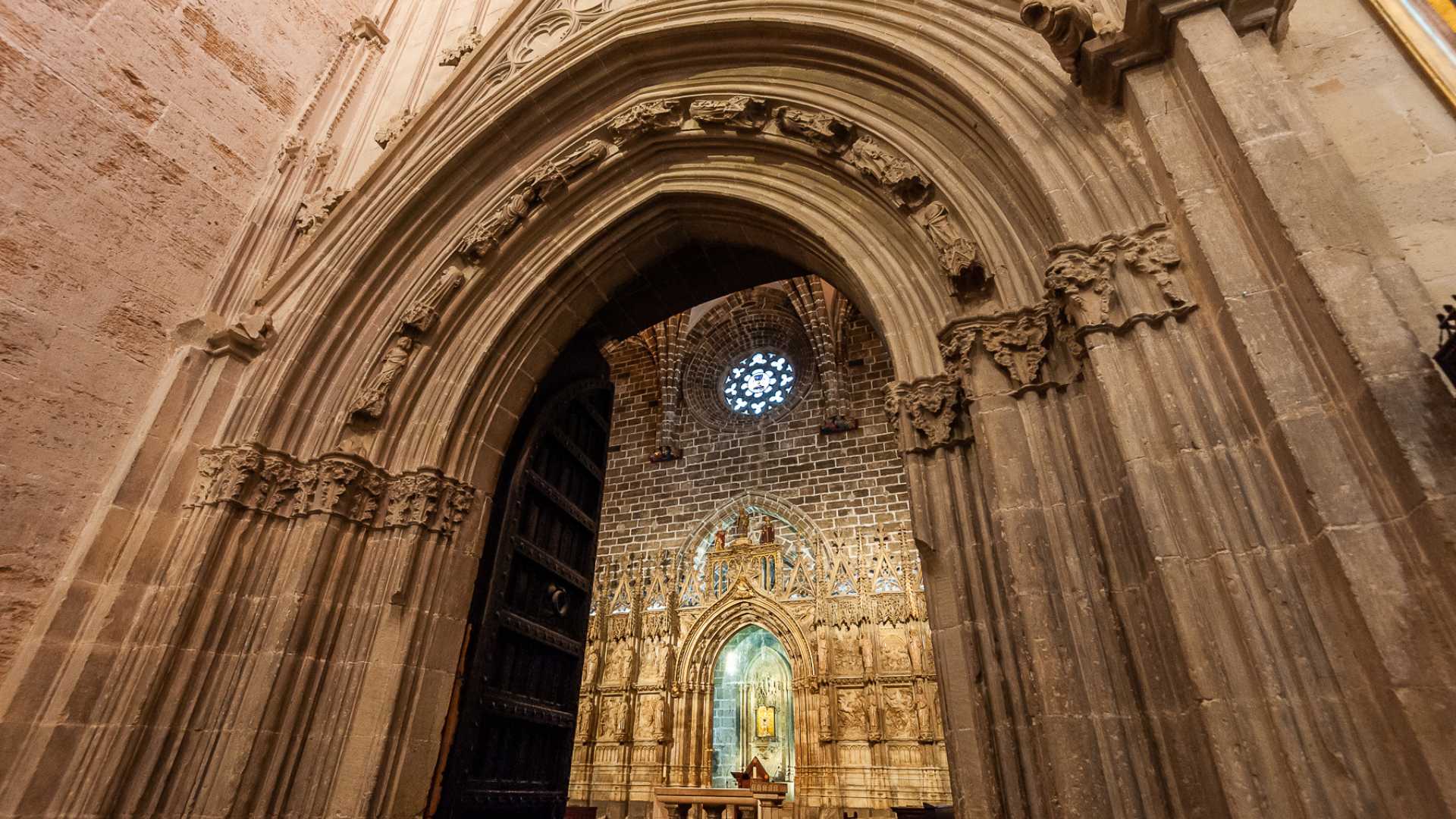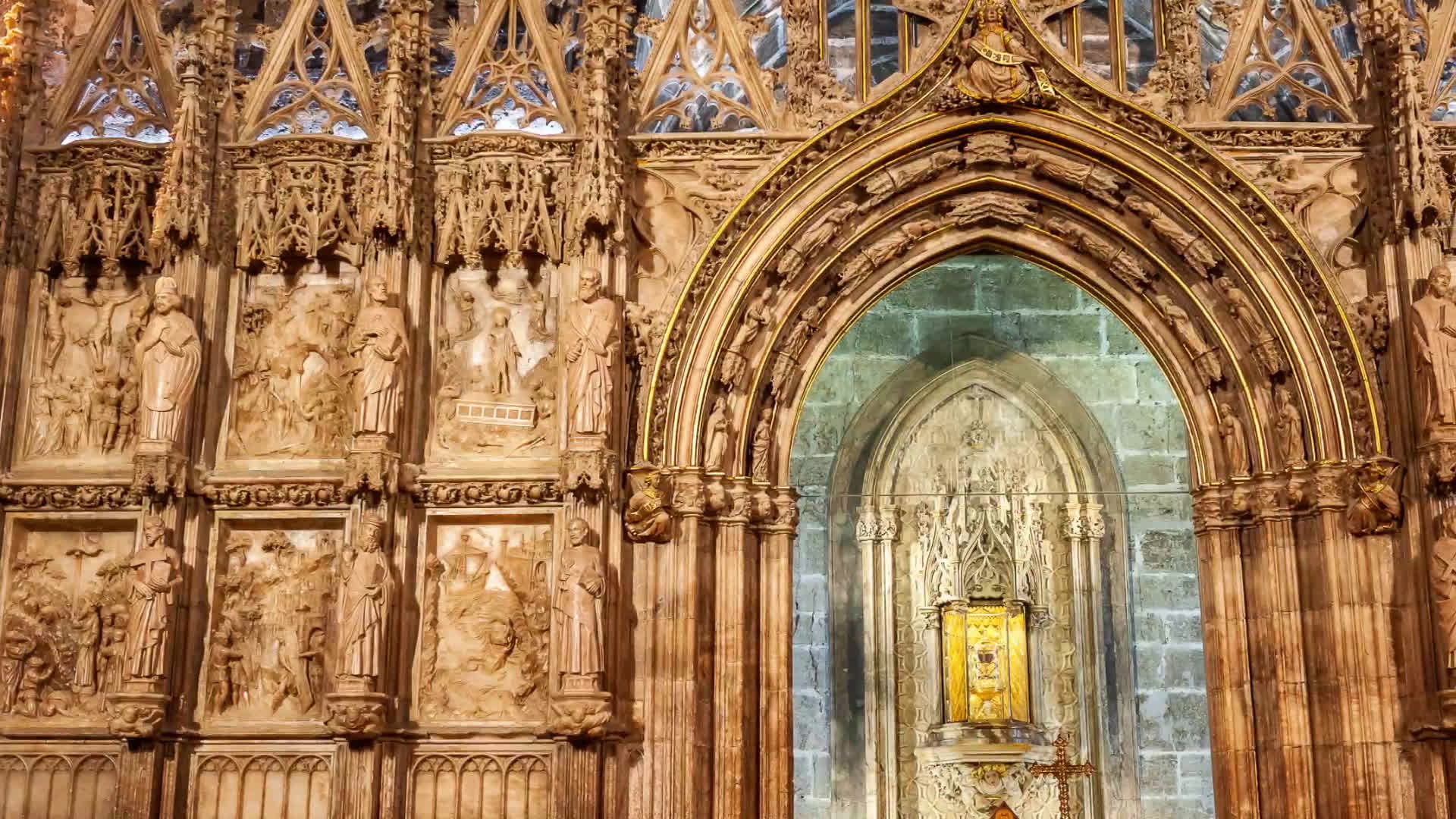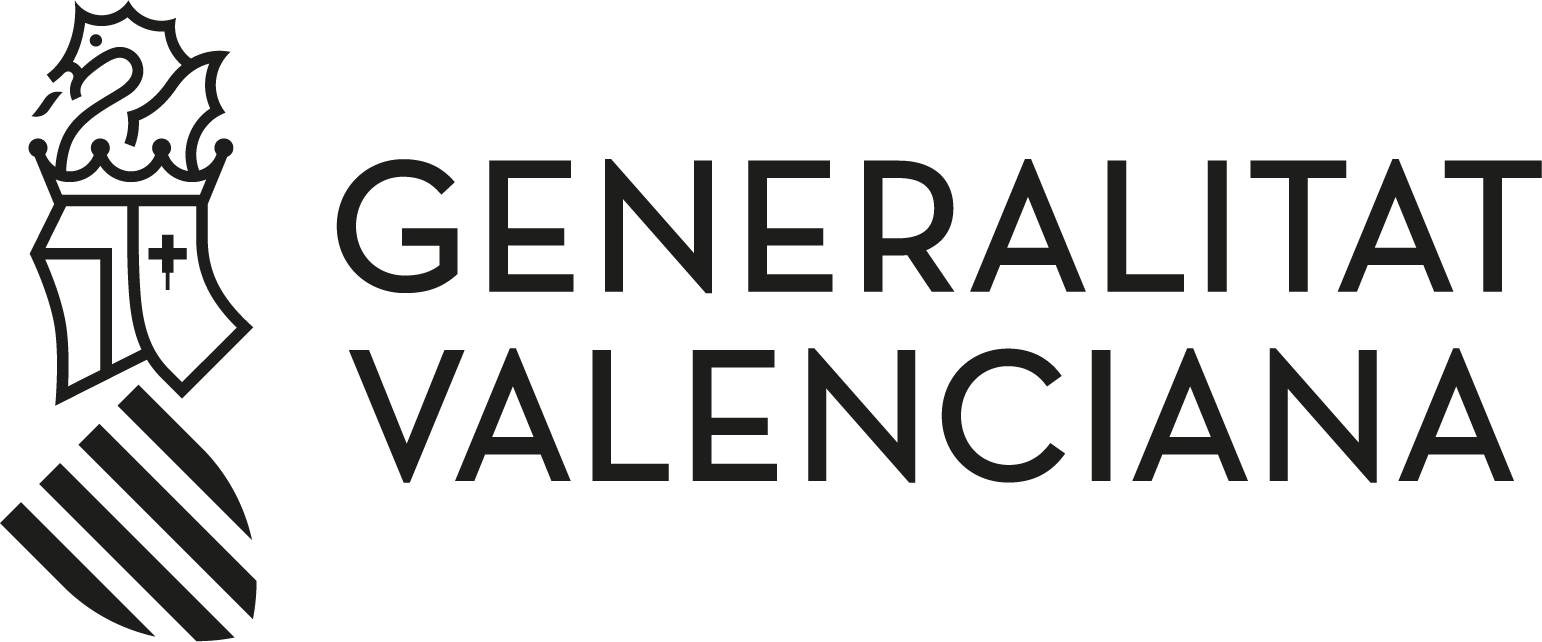The Route of the Holy Grail in the Region of Valencia: beyond València
Published 27/05/2021
Stretching from Alto Palancia to València city, the Route of the Holy Grail will lead you into a land of legends, beautiful landscapes, picture-postcard villages and pathways where the tread of the pilgrims of the past is palpable. Take a pilgrimage to the most important relic in Christianity.
Not only is the city of València a cultural and commercial melting pot, it is also said to be the home of the Holy Grail. As such, worshippers formed a pilgrimage route starting in the Kingdom of Aragon leading to the cathedral in the centre of the city that came to be known as Camino Real, the Royal Road. Connections between Aragon and València therefore ceased to be merely for trade and correspondence purposes, instead welcoming in the dawn of a tourist trail that culminates in the most prized of all Christian relics: the Holy Grail.
The Route of the Holy Grail in the province of Castellón
Worship incited pilgrims to walk from the Kingdom of Aragon to the city of València along a route that enters the Region of Valencia on the eastern side of the Gúdar and Javalambre mountains. From this moment, a beautiful landscape of contrasts emerges comprising picturesque villages, jaw-dropping monuments and delicious cuisine. The Route of the Holy Grail is, still today, an authentic tourist experience that will make you feel a connection with the past as you walk the way thousands of pilgrims have tread before you, passing through no fewer than 18 municipalities on your way to the Holy Grail.
The section of the route in the Region of Valencia will welcome you with the embrace of the Alto Palancia landscape. The first village you will come across is Barracas, a place where pilgrims traditionally stopped to rest. In this beautiful corner of inland Castellón there is a statue that pays homage to the Route of the Holy Grail. This monument depicts King Alfonso the Magnanimous with his men next to a tent where the holy chalice is being kept. A great place to take a picture and make a souvenir of your time in the village.
Barracas has a wealth of other historic and religious sites, such as San Pedro Apóstol church and Villa Romana del Castillejo. Once you’ve visited everything there is to see, we recommend you take a small detour into Alto Mijares county to discover Montanejos. This beautiful village is enveloped in the most stunning landscape of rugged mountains and thermal waters and has a number of sights that the pilgrims of the past once visited: Alquería, Villa Purificación, José aqueduct, Torre de Montanejos and Fuente de los Baños.
The diversion is well worth the effort. Likewise, you will enjoy stopping off at Cirat with its Medieval streets that the pilgrims of the Route of the Holy Grail have marvelled at for many years. As you wander through the village, you will come across Torre de los Condes de Cirat, a defence tower bearing inscriptions that were likely placed there to inspire pilgrims. The carvings, originally in Latin, read, “with neither hope nor fear” and “happiness awaits those who are on their way”.
After Montanejos and Cirat, the route continues through the valley of the river Palancia on its way to València. Caudiel is the next stop-off point. The village’s narrow streets, historic fountains and wash houses not only make a pretty sight, they were also places where pilgrims of the past would gather. The other monuments in the town are also well worth a visit. Make sure you take time to see San Juan Bautista parish church, Carmelitas Descalzas convent and Torre del Molino (also known as Torre de Aníbal).
As you leave Caudiel behind you, you will enter a majestic landscape of vineyards and olive groves that will leave you speechless. Jérica will then appear on the horizon, a town steeped in history whose beautiful architecture astounds pilgrims of the past and present. In the town, you will see the only remaining Mudejar tower in the Region of Valencia in addition to other religious sites: San Roque chapel, Santa Águeda archpriest church and El Cristo de la Sangre church, to name but a few. The town museum (Museo Municipal) houses archaeological and artistic treasures that you will also enjoy visiting.
After Jérica, the Royal Road continues along Vía Verde de Ojos Negros, a route tracing a disused railway line, until Navajas. One of the pioneers of tourism in the Region of Valencia, the village was a popular summer getaway in the 18th century. Inside the village, the Moorish streets, Modernist houses and pretty gardens will soon win your heart. Whereas outside the village, you will be enveloped in stunning scenery such as Salto de la Novia, a spectacular 30m waterfall associated with a tragic tale.
The course of the river Palancia leads you to your next stop. Sitting on the foothills of Sierra Calderona, Altura is a pretty village that has two sights that were of religious importance to pilgrims on the Route of the Holy Grail. Cartuja de Vall de Crist is a 14th century monastery founded by Martin the Humane where silence and solemnity reign. Cueva Santa, on the other hand, is a Holy Cave connected to many miracles that holds great symbolism in the Region of Valencia.
After exploring these sites steeped in religious history, you will pass through Segorbe, the capital of Alto Palancia. There are plenty of sights you should visit here, including Catedral Basílica de Segorbe, Museo Catedralicio, Castillo de la Estrella, Museo Tradicional del Aceite, Fuente de los Cincuenta Caños and Paseo de Sopeña, not to mention La Esperanza, an area of outstanding natural beauty.
Segorbe is the penultimate of the municipalities on the Route of the Holy Grail in the province of Castellón. The final is Soneja. As you walk in the footsteps of former pilgrims, you will come across the village’s many fountains, which were much appreciated by the worshippers of the past. You will also fall in love with the streets that hark back to the village’s Medieval, Islamic and Christian past.
The Route of the Holy Grail in the province of Valencia
You will now cross over into the province of Valencia, where you will be greeted by Camp de Morvedre county and the village of Algímia d’Alfara. The route continues along Vía Verde de Ojos Negros, which at this point is surrounded by the orange groves and the agricultural land the area is known for. You will then find yourself in Torres Torres, a village immersed in irrigated land in the valley of the Palancia river. During your time here, make sure you wander the pretty streets and visit the Arab Baths, one of the best preserved thermal sites in the Region of Valencia.
You will leave Torres Torres as you cross a Medieval bridge known as Pont de les Jovades and make your way to Estivella, where you can visit Los Santos Juanes church, Els Arcs Roman aqueduct and Santa Cruz chapel. Not far from here you will reach the next stop-off on your way to the holy chalice. Gilet is home to one of the most important sights on the route, Monasterio de Sancti Espíritu, a monastery founded by María de Luna, the first wife of Martin the Humane. This place of worship breathes peace and devotion and was visited by Medieval pilgrims.
Gilet will then lead to a destination that is famed for its long and intriguing past. Standing proud and tall, Sagunto immerses you in its history from the moment you arrive. You can explore Medieval streets, climb up to the impressive castle, marvel at the renovated Roman Theatre, get lost in the narrow streets of the Jewish Quarter, visit Mayor church and peek your head into no fewer than seven chapels. La Sang chapel is particularly worth a visit as it holds a replica of the Holy Grail.
The next stop on your pilgrimage is another village with an impressive past: El Puig de Santa Maria. The monastery here, Real Monasterio, will take you aback. Four slim towers house an area that combines a monastic residence with cultural spaces such as Salón Real, Salón Gótico de Jaume I, Salón de la Cerámica and Museo de la Imprenta. Following your visit, you will continue to Massamagrell. This town has a sculptural piece commemorating the Holy Grail, which is known as The Last Supper. A place to gather and of course take a picture to add to your collection of memories of the experience.
You will now have just one municipality to cross: Alboraya. The small town lies deep in the huerta, the agricultural land that defines the area, where you can taste horchata, a traditional drink made with tiger nuts, and see which vegetables are in season. As you wander the streets, you will understand why it was a stop-off for pilgrims: there are religious buildings wherever you look. You can visit Asunción de Nuestra Señora and San Cristóbal, Santa Bárbara, Vilanova and Miracle dels Peixets chapels.
The moment you have been waiting for is now just around the corner. Your anticipation will be enhanced with the majesty, history and architectural beauty of València. And then when you see your destination, Catedral de València, you will be overwhelmed with emotion as you know you are just steps from what you have walked so far to see: the Holy Grail.














